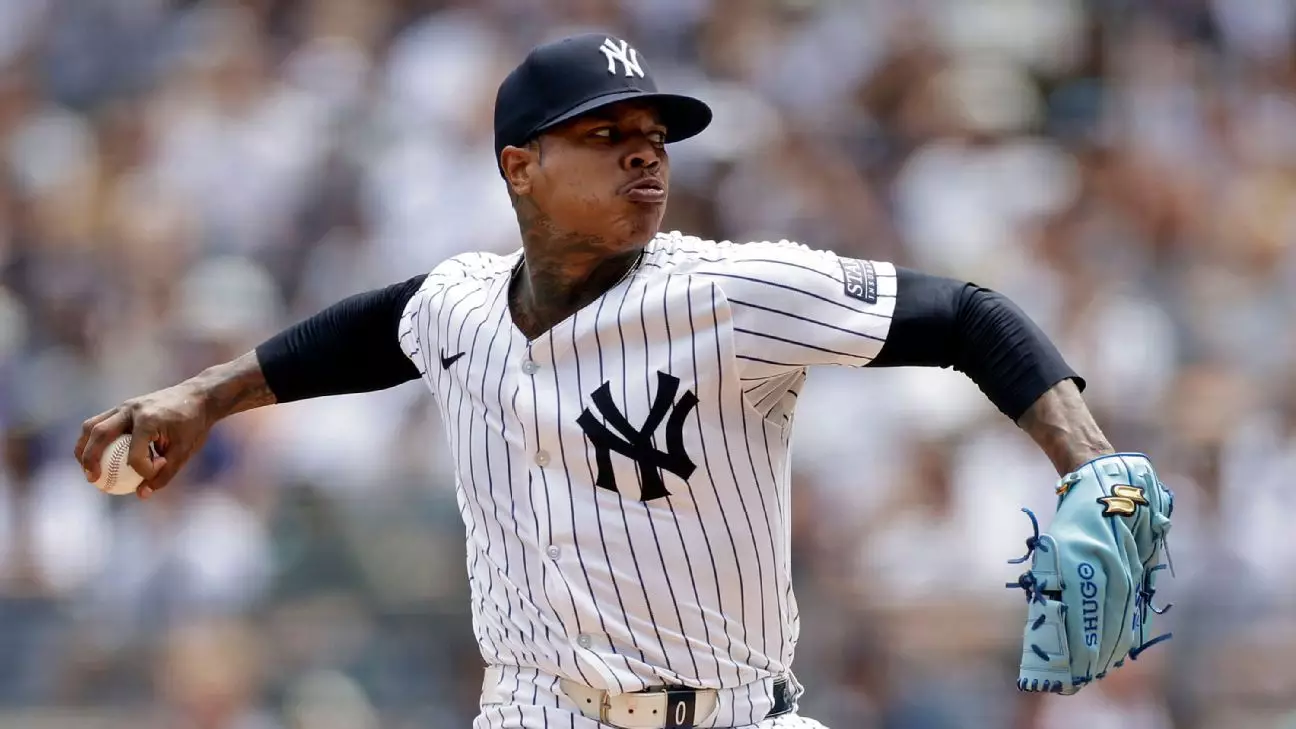The recent dismissal of Marcus Stroman from the New York Yankees marks a sobering chapter in both his career and the team’s strategic struggles. Despite arriving with high hopes and a significant contract, Stroman’s tenure in the Bronx proved to be a cycle of unmet expectations, internal friction, and an ultimately unfulfilled promise. His release is less a reflection of his talent and more an illustration of the Yankees’ misjudgment and the brutal realities of playoff ambition in modern baseball.
Stroman’s signing was initially billed as a stabilizing move—a veteran presence with the potential to bolster what was perceived as a deep but inconsistent rotation. That promise, unfortunately, was marred by injuries, underperformance, and a questioning of his role within the team’s evolving strategy. His 6.23 ERA across nine starts underscores just how far his form fell short of expectations, especially in a city where performance metrics are scrutinized with relentless intensity. The Yankees, known for their penchant for swift roster adjustments, made the decision to cut their losses, signaling that past reputation cannot shield a player from the unforgiving nature of modern sports management.
The Complex Dynamics Behind the Release
The decision to release Stroman was driven by more than just his statistics on paper. The Yankees’ roster management reflects a broader organizational challenge: balancing financial commitments, player development, and competitive readiness. Stroman’s contract, which included a tempting $37 million over two years, ironically became a liability as his performance declined. The fact that the Yankees are absorbing the remaining salary—an $18 million burden— highlights their willingness to eat costs rather than continue to stake their future on a pitcher who missed the mark.
Furthermore, the Yankees’ roster landscape is a testament to their strategic shifts. The emergence of young pitchers like Cam Schlittler, who impressed enough to warrant a major league spot, and the return of Luis Gil to the rotation, have pushed Stroman aside. His departure clears a vital space needed for new acquisitions and signifies a willingness to prioritize youthful upside over veteran stability. This move also reflects a pragmatic approach: sometimes, productivity and future potential outweigh past accomplishments, regardless of the player’s overall experience or reputation.
The Broader Implications and Personal Reflection
From a personal standpoint, Stroman’s Yankees chapter exemplifies how even seasoned athletes are at the mercy of organizational needs and fluctuating performance levels. His career has been marked by moments of brilliance—an All-Star selection and a reputation as a fierce competitor—yet his time in New York revealed the stark reality that talent alone isn’t enough to secure a lasting spot amid fierce competition. The internal tension, managerial decisions, and the high-stakes environment of the Yankees create an unforgiving terrain for any player, especially one who struggles to consistently deliver.
Moreover, the circumstances surrounding Stroman’s departure highlight the ruthlessness of baseball’s modern front offices. Teams are increasingly driven by analytics, roster flexibility, and financial prudence. Players who once seemed indispensable can become expendable in the blink of an eye, especially when newer, cheaper talent rises through the ranks. Stroman’s brief stint underscores a harsh truth: in today’s game, longevity hinges on continuous performance and the ability to adapt under pressure.
His inability to clinch a more substantial role—or to be traded during the offseason—illustrates how quickly perception can shift. Being an All-Star only months prior did little to shield him from the organizational calculus that ultimately dictated his release. In the end, Stroman’s time with the Yankees may be remembered more for what it represented—a misguided investment and an example of the sport’s relentless pursuit of excellence—than for his individual contributions.
This chapter in Stroman’s career may be a setback, but it also serves as a poignant reminder of the precarious nature of professional athletics. Every athlete, regardless of their pedigree, must continuously prove their worth within a framework that is often as unforgiving as it is objective. For Stroman, the next move is an opportunity—an opportunity to find a team that values his resilience and talent beyond a fleeting stint in New York. His story, much like the tumultuous ride of the Yankees’ rotation, underscores that perseverance and adaptability are the true currencies of sustained success in baseball—and in life itself.

